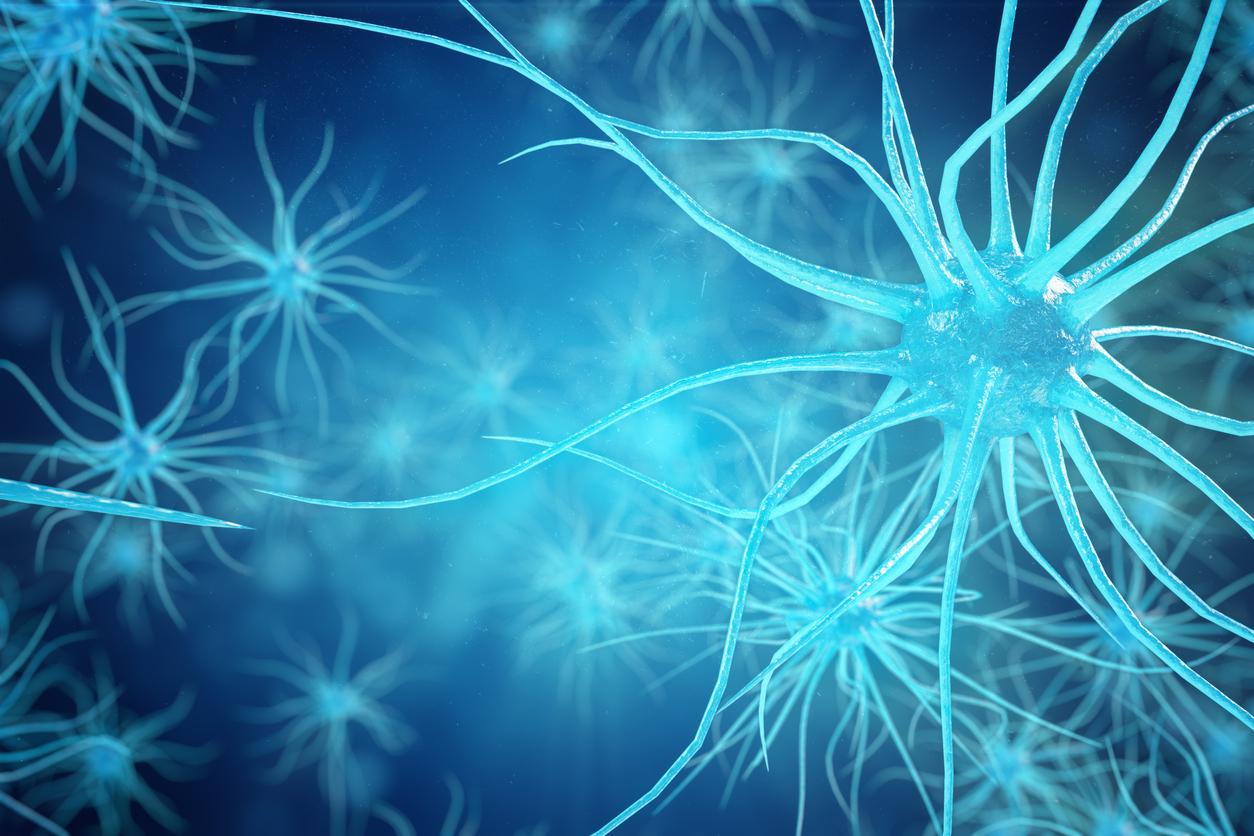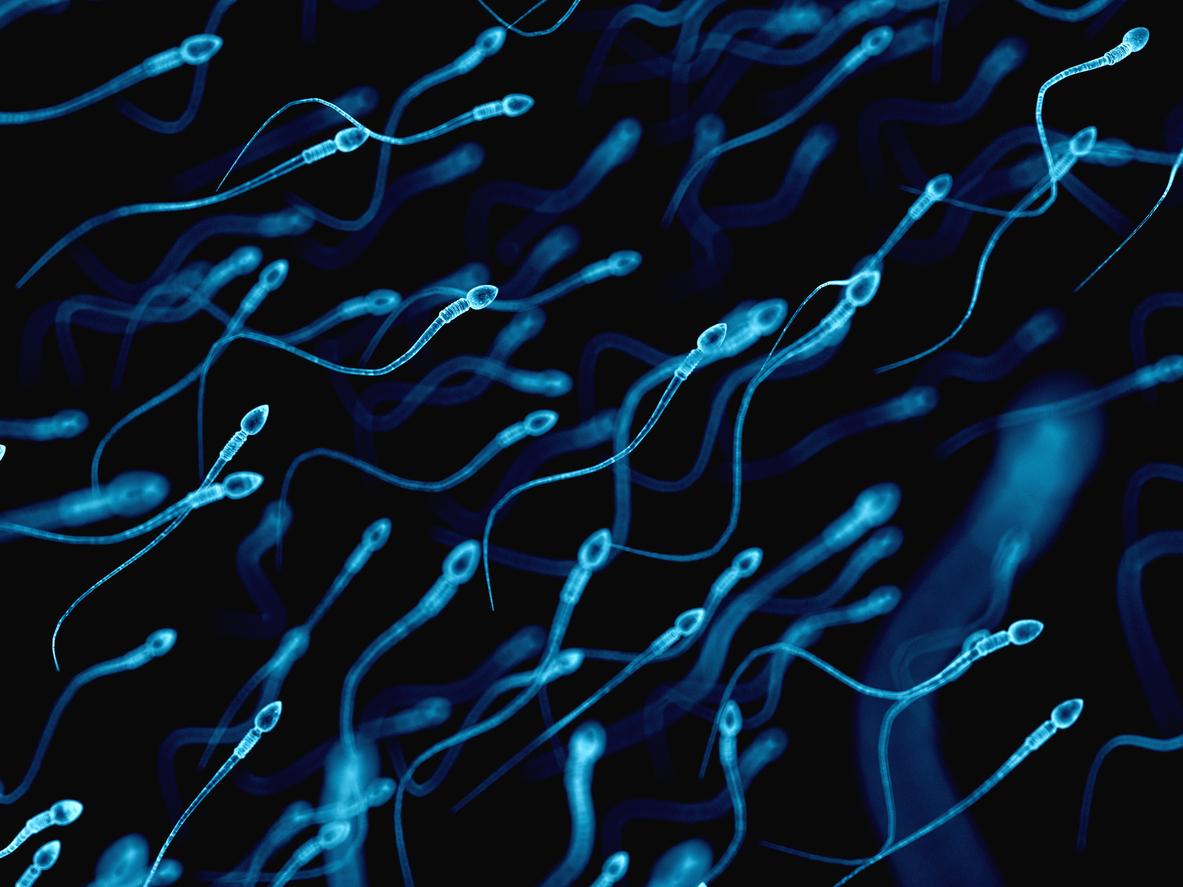This is a hope for couples suffering from infertility due to non-obstructive azoospermia: a new non-invasive test could allow better care for men with this disorder.

- Researchers at the University of Alberta have developed a new test method that offers better diagnosis and better treatment for non-obstructive azoospermia, a male fertility disorder.
- They discovered that two proteins are only present in viable sperm.
- In addition to improving the management of male infertility, scientists intend to continue their work to develop a non-hormonal method of male contraception.
In half of the cases, a couple’s infertility is due to male fertility problems. Non-obstructive azoospermia (ANO) is one of the most serious forms. This condition is characterized by insufficient production of viable sperm. Complex surgery – to extract the sperm directly from the testicles – is often the only hope for the couple in the desire for a child. However, this method is not always successful. Fortunately, a team of researchers from the University of Alberta recently discovered diagnostic tools and treatments that may be more effective.
Male infertility: new biomarkers to improve diagnosis
Scientists at the University of Alberta have recently identified two proteins only found in viable sperm. Building on this finding presented in the journal Molecular & Cellular Proteomicsthey were able to develop a non-invasive test that can identify sperm cells that have the telltale elongated shape and the two viable proteins of viable sperm.
“Routine semen testing usually shows zero sperm in non-obstructive azoospermia, but is it really zero? With our approach we are able to record a million images and in some patients we only find 10 sperm. But even a few would suffice for in vitro fertilization.”says lead author Andrei Drabovich.
Non-obstructive azoospermia: a discovery that could boost the success of surgery
The results of this University of Alberta study offer new hope for men with non-obstructive azoospermia. This non-invasive test allows them to obtain more information on their chances of one day becoming parents through in vitro fertilization. In addition to assessing fertility, the procedure could help surgeons identify viable sperm during surgery, researcher Drabovich said in a communicated.
The team intends to continue its work, in particular by searching for sperm proteins that could be temporarily deactivated to offer a potential method of non-hormonal reversible male contraception.

















